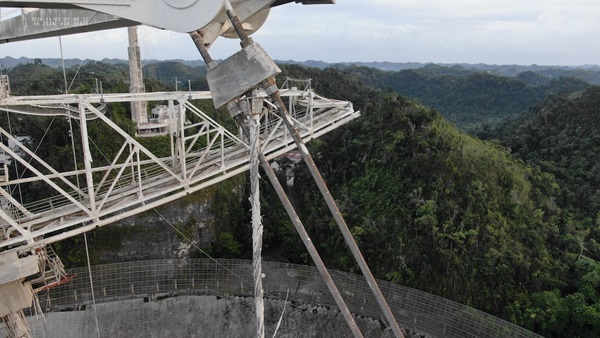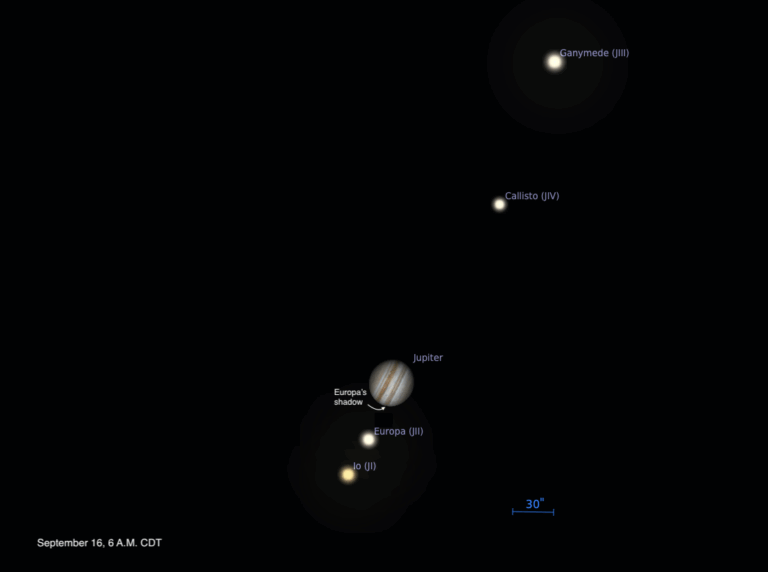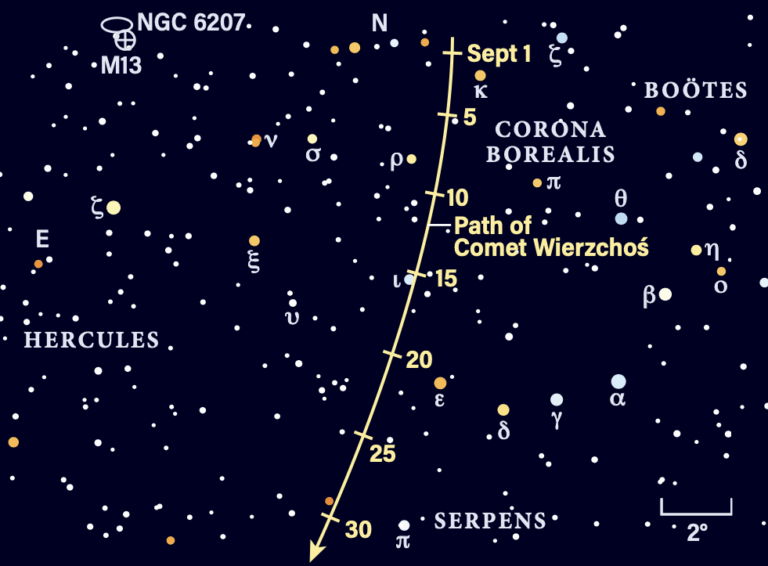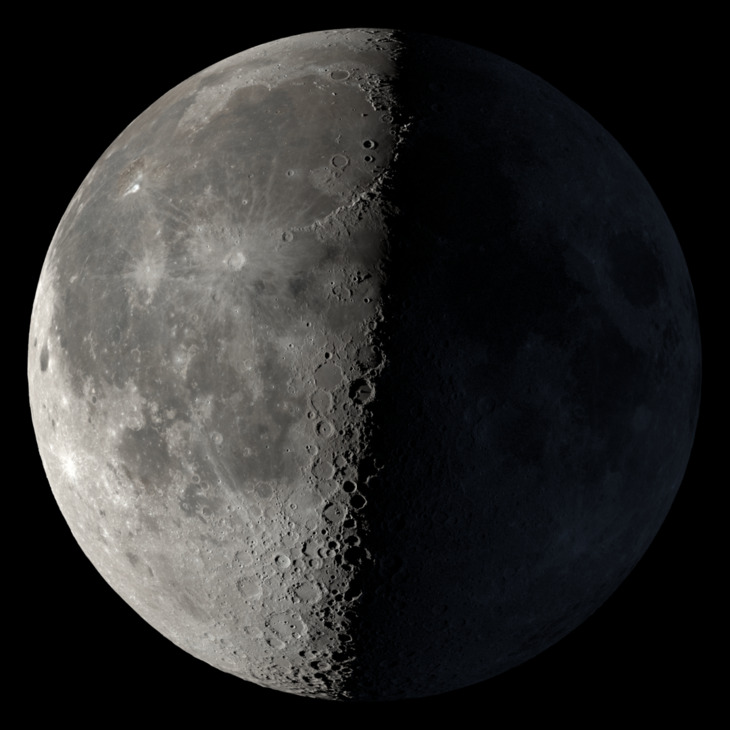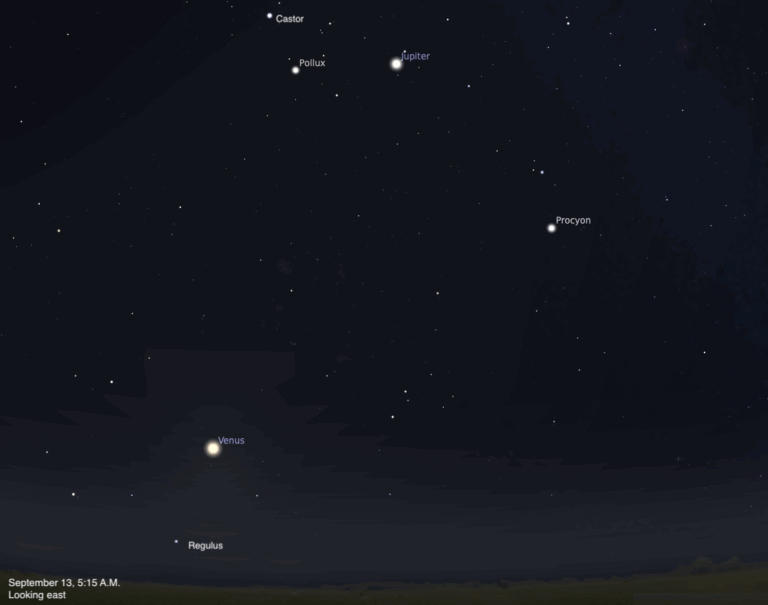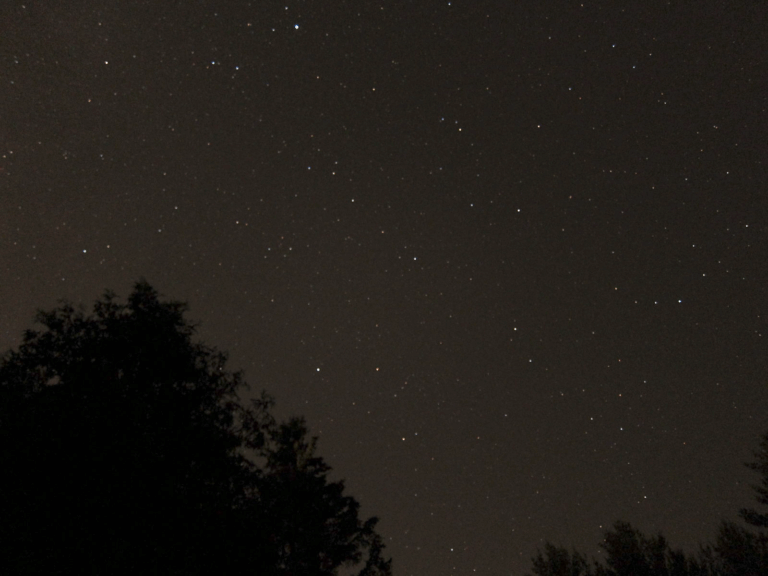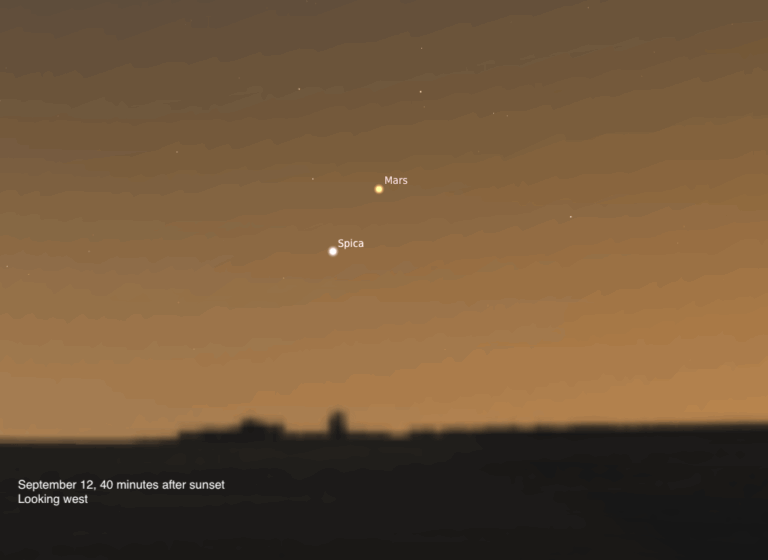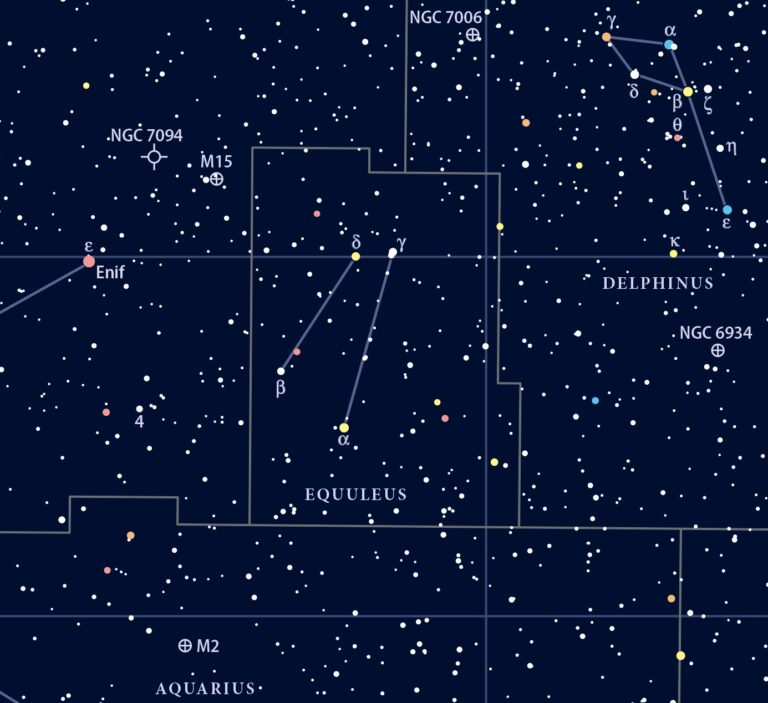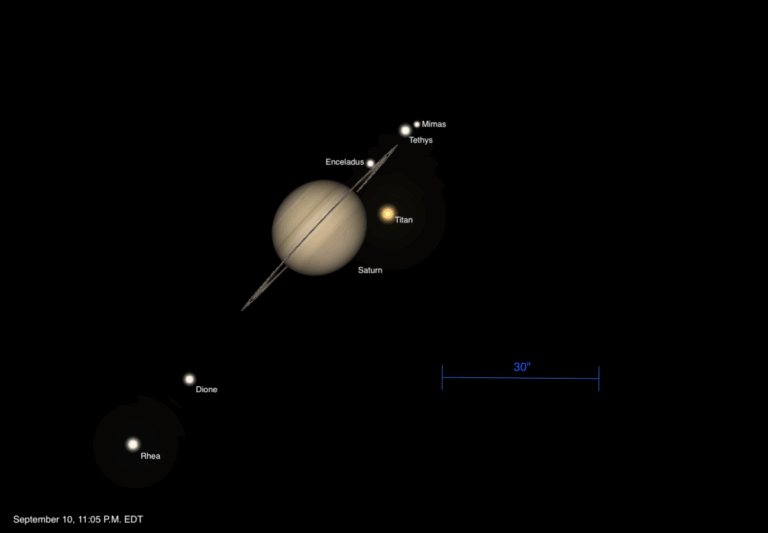This story was updated November 16 with new details and images.
For Arecibo Observatory, things have gone from bad to worse.
On the evening of November 6, one of the telescope’s main support cables broke — the second cable failure in the span of three months. The cable ran from the observatory’s southeast supporting tower and helped to support the 900-ton receiving platform, which hangs over the 1,000-foot (300 meters) reflector dish.
No one was hurt in the accident, according to a November 8
press release from the University of Central Florida, which co-manages the Puerto Rican observatory. But the famed facility now faces the deepest crisis in its 60-year history.
The first failure on August 10 was of an auxiliary cable, which came out of its socket on the southeast support tower and tore a 100-foot (30.5 m) gash in the dish below. But the line that failed last week was a main support cable. Now, an even greater load on the other cables leaves the platform in a precarious state — and at risk of completely collapsing.
According to a November 13 update released by UCF, based on its design capacity, that cable should easily have borne the additional load in the wake of the first cable failure. That has led engineers to suspect the main cable has degraded over time.
Engineers have not been able to verify the integrity of the two remaining main cables. Worryingly, they have observed signs of fraying in the form of breaks in some of the individual wires making up the cables. “The situation is dynamic and poses a serious safety risk to employees and contractors,” UCF said.
“Given that it seems that the new cable break was from the same tower as the previous one, we are obviously really worried about cascading catastrophic failure,” says Scott Ransom, an astronomer at the National Radio Astronomy Observatory and member of the
NANOGrav (North American Nanohertz Observatory for Gravitational Waves), project, which uses Arecibo data.
Hanging in the balance
After the cable broke, Arecibo staff worked through the night with several engineering firms to come up with a strategy to relieve some of the additional load by installing steel reinforcements.
Engineers had already been working for three months to assess the damage of the first cable failure, and still haven’t uncovered its cause. To pay for repairs, the observatory submitted a $10.5 million funding request to the National Science Foundation (NSF), which owns the facility,
reported UPI.
Those repairs were set to begin on Tuesday, said Arecibo director Francisco Cordova in UCF’s statement. “Now this. There is much uncertainty until we can stabilize the structure,” he said.
“The only positive spin on it that I can see is that it happened early on during the repairs of the first cable break,” says Ransom. “This way they should be able to repair both of them at the same time.” But, he adds, “that is a very optimistic way of looking at it.”
Even if the structure is saved, the fresh damage looks set to prolong Arecibo’s halt in operations, which has been in effect since the August cable break. That means the observatory’s work hunting for potentially hazardous near-Earth asteroids is on pause, as well as its contributions to NANOGrav, which hopes to detect gravitational waves through their disruption of the
timing of pulsar signals.
“Lots of groups — including NANOGrav — depend crucially on Arecibo’s unique combination of capabilities, including its incredible sensitivity and planetary radars,” says Ransom.
Cordova says Arecibo officials remain committed to getting the facility back online. “It’s just too important of a tool for the advancement of science.”


